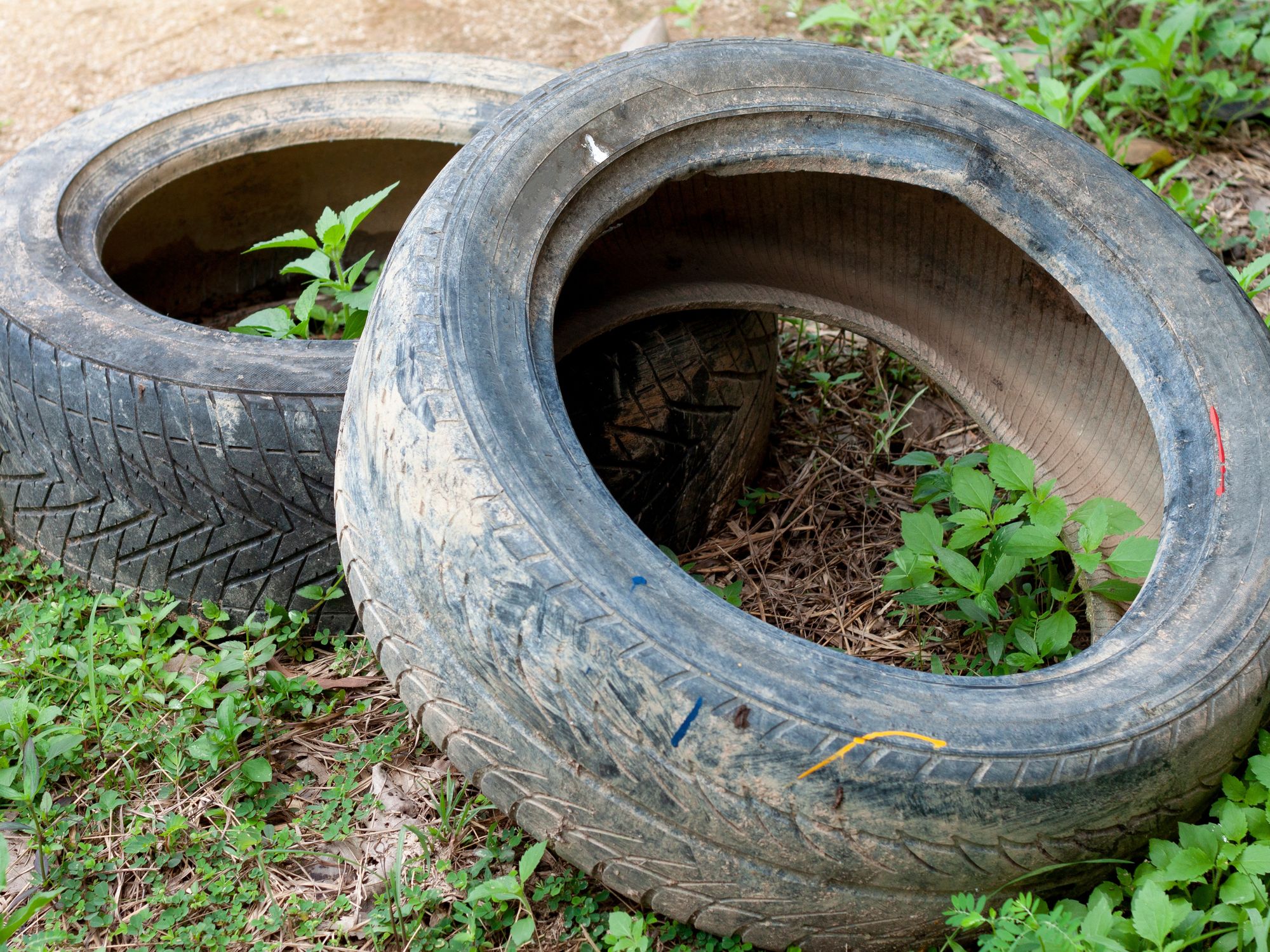Nonhazardous secondary materials (NHSM)

- The NHSM program provides the standards and procedures for identifying whether NHSMs are solid waste under the RCRA when used as fuels or ingredients in combustion units.
The Environmental Protection Agency’s (EPA’s) nonhazardous secondary materials (NHSM) program under 40 CFR Part 241 provides the standards and procedures for identifying whether NHSMs are solid waste under the Resource Conservation and Recovery Act (RCRA) when used as fuels or ingredients in combustion units.
Combustion units that burn non-hazardous secondary materials that are not solid waste under RCRA would be subject to 112 Clean Air Act (CAA) requirements for commercial, industrial, or institutional boilers or cement kilns.
Combustion units that burn non-hazardous secondary materials that are solid waste under RCRA would be subject to 129 CAA requirements for solid waste incinerators.
The following NHSM are not solid wastes when used as a fuel in a combustion unit:
- Scrap tires that are not discarded are managed under the oversight of established tire collection programs.
- Resinated wood.
- Coal refuse that has been recovered from legacy piles and processed in the same manner as currently-generated coal refuse.
On March 9, 2016, EPA added three materials to the NHSM list of categorical non-waste fuels. These are:
- Construction and demolition wood processed from construction and demolition debris according to best management practices;
- Paper recycling residuals generated from the recycling of recovered paper, paperboard, and corrugated containers, and combusted by paper recycling mills whose boilers are designed to burn solid fuel; and
- Creosote-treated railroad ties that are processed and then combusted in the following types of units:
- Units designed to burn both biomass and fuel oil as part of normal operations and not solely as part of start-up or shut down operations; and
- Units at major source pulp and paper mills or power producers subject to 40 CFR 63 Subpart DDDDD that had been designed to burn biomass and fuel oil, but are modified (e.g., oil delivery mechanisms are removed) in order to use natural gas, instead of fuel oil.
